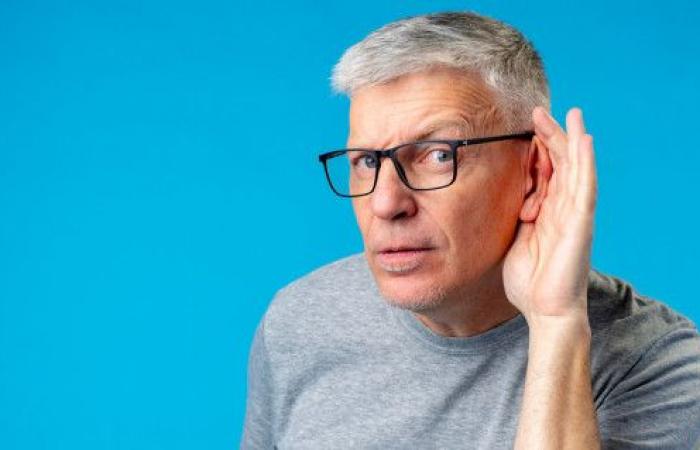We sent mystery shoppers to hearing care professionals. The relational quality, the prices and the models offered make the big difference.
With the arrival of “100% health”, it is now possible to equip hearing aids without having to pay anything, as for glasses or dental prostheses. Enough to attract the most recalcitrant. In fact, hearing aid shops have sprouted like mushrooms, and the impact on the fitting rate has exceeded all hopes.
Faced with this enthusiasm, to compare the quality of the information and quotes delivered in different brands and groups of independent audioprosthetists, 60 Million consumers sent 19 mystery shoppers to meet with several. These patients, all suffering from presbycusis (age-related deafness), had a prescription from their ENT doctor and an audiogram.
Our survey: 69 quotes from 10 brands dissected
Our 19 mystery shoppers collected 69 quotes from 10 brands. The audioprosthetists met were either self-employed belonging to a network (Entendre, Audition Conseil, Audio 2000), or employees of a brand (Alain Afflelou Acoustician, Amplifon, Audika, Écorvoir Voir, Optical Center).
Results ? Advice and prices differ enormously. An audiometry test is not always carried out. False promotions are numerous. Estimates not always complete… Discover the detailed results of our Hearing aids survey, demand more! in the October 2022 issue of 60 Million consumers.
Surprising prices and offers
One of the black points raised by the comparison of the quotes and the analysis of the questionnaires? Commercial practices likely to drive customers away from fully reimbursed models (so-called class 1) in favor of class 2 hearing aids, which impose on patients a more or less high remaining charge depending on what their mutual insurance company provides, in certain limits.
An audioprosthetist from Audika, for example, offered a fairly high-end class 2 device at a high price, but with the possibility of paying in 48 instalments free of charge. This seems useless given the audiogram presented and the patient’s situation – which is corroborated by the fact that an audioprosthetist from Audition Conseil refrained from offering class 2 equipment. In this case, the facility payment seems less like an aid than an incentive to spend more…
READ ALSO >>> Dental centers, why some go wrong
Unfairly devalued devices with no remaining charge
Above all, several comments reveal a certain disparagement of class 1 devices, either in the oral presentation that was made of them, or on the information leaflets provided (Alain Afflelou Acoustician, Listening to Seeing, Optical Center). But this is unjustified. “You shouldn’t believe that a class 1 device, for example, only compensates for mild deafness: it can just as well be offered for severe deafness”defends Gilles Kultcheyan, of Audio Concept, an audioprosthetist independent of the Laudio.fr network.
Admittedly, class 2 devices have more adjustment channels, which allows them to be adjusted more finely. “But some entry-level Class 1 models now have 12 adjustment channels, when the high-end devices of ten years ago only had 10”relativizes Christian Canepa, France sales director for Phonak, a brand of hearing aids.
READ ALSO >>> Are anti-radiation patches for smartphones effective?
Class 2 hearing aids are also equipped with sound signal recognition algorithms, which make it possible to better extract speech from ambient noise, locate the Source and direct the microphone towards it, in order to improve understanding. . But these extras are not necessarily necessary: it all depends on the type of hearing impairment and the needs.
“Like all hearing deficits, presbycusis is a complex condition, much more so than presbyopia, because it is a sensory deficit that is still imperfectly understood.explains François Dejean, of the French Society of Audiology. There is a drop in sharpness, generally greater in the treble, but also a drop in quality, in sharpness, which varies greatly from one person to another. As if the “sound image” lost pixels: it can be complicated to extract a detail from a whole, like a conversation in a hubbub. »
A solution adapted to everyone’s hearing loss
Rather than talking about a low or high-end device, François Dejean prefers to talk about technology adapted to the deficit. The advantage of class 2 models is to meet specific needs: complex deficits or complex situations (attending professional or family meetings, going to a restaurant with others, going to the opera or the theater, etc. ).
But the two classes are equal in many other situations: face-to-face conversations, perception of sounds in the natural environment and, contrary to what is written on the Listening to Seeing booklet, listening to music.
READ ALSO >>> When the cinema breaks our ears


